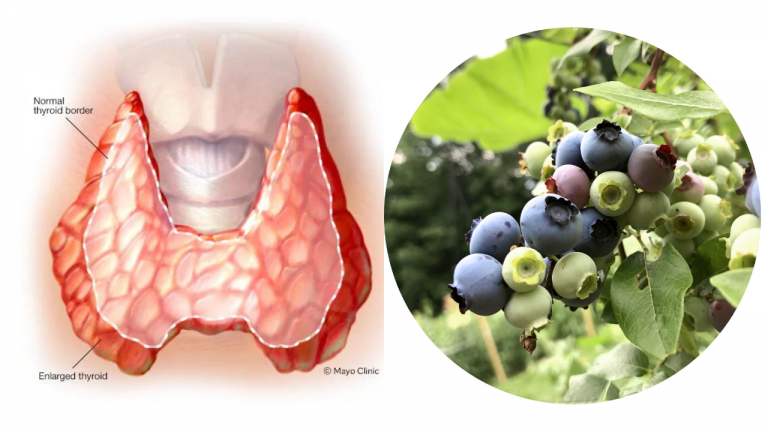Raw Food vs. Cooked Food

The choice between raw food and cooked food is a matter of personal preference, cultural practices, and individual dietary needs. Both raw and cooked foods have their own advantages and considerations. Here’s an overview of each:
Raw Food:
Nutrient Retention: Raw foods are typically consumed in their natural, uncooked state, which can help preserve the nutrient content. Some nutrients, such as vitamin C and certain enzymes, can be sensitive to heat and may be better retained in raw foods.
Enzymes: Raw foods contain naturally occurring enzymes that can aid in digestion and nutrient absorption. However, it’s worth noting that the human body also produces enzymes to facilitate digestion, so the impact of these enzymes from raw foods may be minimal.
Texture and Taste: Raw foods often provide a crunchy texture and vibrant flavors, as they retain their natural textures and flavors without the alterations caused by cooking.
Food Safety Considerations: Raw foods carry a higher risk of foodborne illnesses due to the potential presence of bacteria, parasites, or other pathogens. Proper handling, washing, and sourcing of raw foods are crucial to reduce the risk of foodborne illnesses.
Cooked Food:
Enhanced Digestibility: Cooking can break down the fibrous structures of foods and make nutrients more accessible for digestion and absorption. Some nutrients, such as lycopene in tomatoes or beta-carotene in carrots, may become more bioavailable when cooked.
Food Safety: Cooking helps eliminate harmful bacteria and parasites, reducing the risk of foodborne illnesses.
Flavor and Aroma: Cooking can enhance the flavors, aromas, and overall palatability of foods, making them more enjoyable to eat.
Variety and Culinary Creativity: Cooking opens up a wider range of food options and culinary techniques, allowing for more diverse and creative meal preparation.
In practice, a balanced approach can be adopted by incorporating both raw and cooked foods into your diet. Some foods are more nutritious when consumed raw, such as salads with fresh vegetables and fruits, while others may benefit from cooking, such as legumes, grains, and certain vegetables that require heat to enhance their digestibility.
It’s important to note that certain cooking methods, such as boiling or prolonged high-heat cooking, can result in nutrient loss. To minimize nutrient loss during cooking, consider using gentle cooking methods like steaming, stir-frying, or lightly sautéing. Additionally, maintaining a diverse and well-rounded diet that includes a variety of foods, both raw and cooked, can help ensure adequate nutrient intake.
Ultimately, individual dietary preferences, cultural practices, and specific health considerations should guide the decision between raw and cooked food. Consulting with a registered dietitian can provide personalized guidance on incorporating raw and cooked foods into your diet based on your specific needs and goals.



